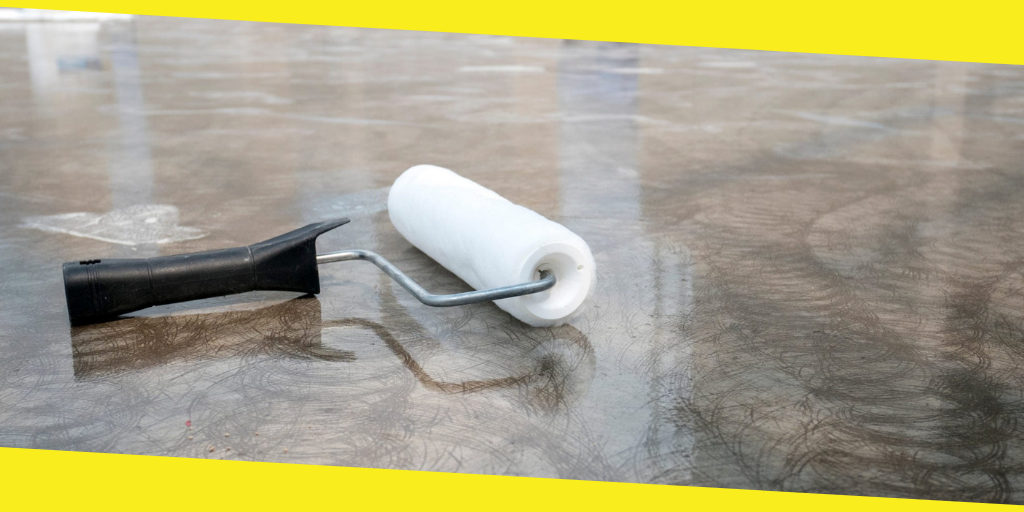Top 3 Most Common Problems with Concrete Sealer
This post was last updated on March 14th, 2024

Problems related to concrete sealers may frustrate contractors and homeowners. When concrete sealers don’t serve its purpose, the issue can be traced to its application. It may be overly applied, done in a non-ideal condition, or applied in multiple coats.
The following are the three most common concrete sealer problems that contractors or homeowners may face, the common reasons why they occur, and simple tips on how to avoid them.
1. Appearance of Sealer Bubbles
Heavy application is the main culprit when it comes to sealer bubbles. The concrete surface outgassing procedure during application should be quickly moved through the wet, thin sealer film. Thin in this case means coverage of about 300 sq. ft. for each gallon, and a single acrylic concrete sealer coating of 5 mils thick. Once the sealer is heavily applied, air on the surface is easily displaced, and as such, it can’t escape. It will then form into a bubble on the surface.
Application of concrete sealer during hot weather can also cause bubbling. The same thing will happen if the sealed concrete is directly exposed to the sun during application. In these cases, the concrete will easily “skin over” while drying on the exposed surface before the solvent completely evaporates.
Solvent pressure due will cause the bubbles to appear on the surface. To avoid any of these conditions from happening, try applying sealers during cooler times and when the concrete is not directly exposed to sunlight.
2. Solvent-based Concrete Sealer Flakes, Peels, or Turns White
When it comes to concrete-sealer whitening or blushing, there are two main contributory factors. The first one is applying sealer on wet or fresh content which has bleed water. In this case, the concrete sealant will not stick to the surface. It will be floating on trapped water film.
The second contributory factor is the heavy application of the concrete sealant. In this case, trapped air and moisture resting on the debonded sealant contain refractive indexes that make the sealer appear white.
Over time, the sealer flakes off or peels off the concrete surface. To stay away from this problem, professionals like Contractor Source, LLC, have advised to consult with the expert or follow the instructions provided by the manufacturer. These instructions will guide you on the ideal number of coats and on the coverage rate.
3. Powdery or White Water-Based Concrete Sealant
The drying procedure of most water-based concrete sealants is sometimes complicated. The reason for this is that they are significantly affected by the humidity and temperature of the area during application. Coalescence is the process by which water-based sealants dry. Here, a coalescing solvent evaporates with water, and after which, the acrylic particles start fusing together to form the film sealer.
Once the application temperature is too high, too humid, or too low, these coalescing solvents evaporate prior to water evaporation. As a result, the latex particles refuse to fuse before drying. This causes the sealer to dry powdery or white. To avoid these conditions, make it a habit to determine the humidity and temperature conditions required for seamless and right water-based sealer application.
Conclusion
If you want to save yourself from stress, it’s best to call a specialist to do the job for you. For your concrete sealing needs, Contractor Source, LLC is at your beck and call, 24/7. All you have to do is make that call.
You may like this
Recommended For You
11 Different Types of Flooring
Most Inside
Most Inside offers high-quality recommendations and valuable updates to enhance all aspects of your life, providing premium guidance and enriching experiences.




